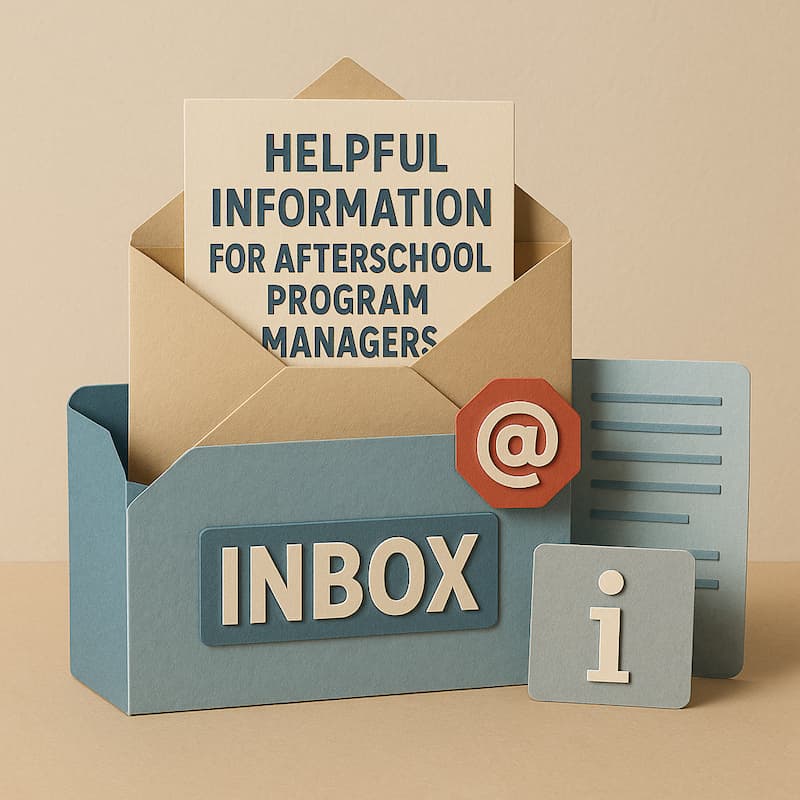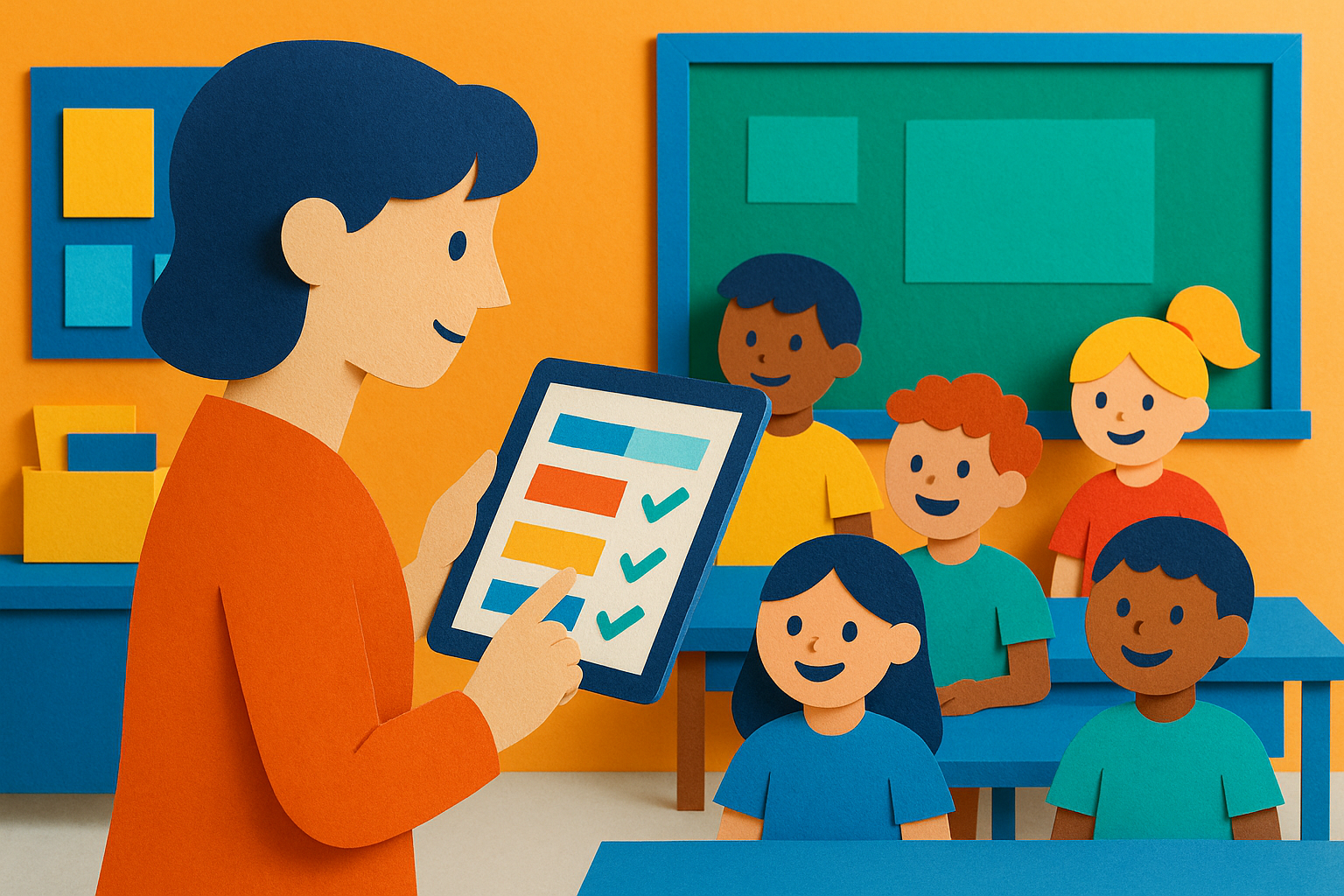
New Trends in Extended Learning Programs
Remember when "extended learning" meant a few kids hanging around after the bell? Those days are long gone. Today's learning programs are pushing the boundaries in education.
As an admin for an extended learning program, you're not just managing schedules - you're shaping the future of your students. From innovative after-school tech clubs to summer programs that blend academics with adventure, the possibilities for enriching student experiences are vast.
But here's the key: with these expanding opportunities comes the chance to make a real difference. It's up to you to not only run these programs but to champion their growth and evolution. These expanded learning opportunities offer more than just additional instruction time. They provide a chance to address diverse student needs, close achievement gaps, and foster skills that complement traditional classroom learning.
Whether you're overseeing elementary school, middle school, or high school programs, the goal remains the same: to create meaningful learning experiences that engage and inspire students beyond the regular school day.
Reimagining After-School Enrichment
Gone are the days when afterschool programs were simply about homework help and supervised play. Today's afterschool programs offer students rich experiences that complement and enhance their regular school day.
Forward-thinking administrators are reimagining these programs to meet the evolving needs of students and communities. Here are some trends shaping the future of after-school enrichment:
- Technology Integration: Many school programs now incorporate coding clubs, robotics workshops, and digital media labs. These tech-focused offerings not only engage students but also prepare them for future careers.
- Project-Based Learning: Afterschool programs are ideal settings for long-term, interdisciplinary projects that foster critical thinking and collaboration skills. Here are handful of examples:some text 1. A semester-long community garden project where students plan, plant, and maintain a garden, integrating science, math, and environmental studies. 2. A multi-week robotics challenge where teams design, build, and program simple robots, culminating in a friendly competition (this one also checks the box on technology inspiration). 3. A student-led service project, such as organizing a local food drive or creating a school recycling program, which develops leadership and civic engagement skills. 4. An ongoing digital storytelling initiative where students create and share stories about their community, incorporating writing, photography, and video production skills.
- Social-Emotional Learning (SEL): With growing recognition of SEL's importance, many afterschool programs now include activities specifically designed to build empathy, resilience, and self-awareness.some text 1. A peer mentoring program where older students are paired with younger ones, fostering leadership skills and empathy. 2. Weekly "Mindfulness Mondays" featuring guided meditation and yoga sessions to help students manage stress and improve focus. 3. Regular "Emotion Check-Ins" where students learn to identify and express their feelings using tools like mood meters or emotion wheels. 4. Collaborative art projects that encourage students to work together, communicate effectively, and express themselves creatively.
- Community Partnerships: Innovative programs are reaching beyond school walls, partnering with local businesses, artists, and organizations to provide unique learning experiences.
- College and Career Readiness: Even at the elementary and middle school levels, forward-thinking afterschool programs are introducing students to potential career paths and building foundational skills for future success.
Supercharging Student Success
By reimagining afterschool programs, administrators can transform them from mere extended supervision into vibrant learning opportunities. As you consider your own afterschool program, think about how you can incorporate these trends to better serve your students. Remember, the goal isn't just to keep students occupied after the bell rings, but to provide them with enriching experiences that spark curiosity, build skills, and open new possibilities.
Extended learning programs are ripe with potential. As an administrator, you hold the key to unlocking these opportunities for your students. By embracing innovation and continually reimagining what's possible, you can create programs that go beyond expectations. Your vision and leadership can transform after-school hours into powerful catalysts for growth, learning, and discovery. Explore new ideas, challenge the status quo, and build programs that don't just extend the school day, but extend the horizons of every student you serve.






